If you’re a solopreneur or new small business owner you might not have given much thought to setting up systems and processes. It’s hard enough just to get through each day wearing all those different hats – business owner, social media manager, accountant – let alone find time to document everything as well. I know this all too well!
You may be surprised to learn that you’re already using systems and processes in your business. And, while it might seem like a lot of work to set them up, the time and effort they save is worth the effort. Just ask Pip Meecham from ProjectBox, who recently talked to our Organic Digital Marketing group about the value of systems and processes for small business.
A self-confessed systems lover and tech geek (without all the tech speak!) Pip is a master in automation and systemising. Her goal is to help business owners harness the power of systems and technology to take back control and be in a position to grow. She shared so many insights during our talk, which you can catch below.
Watch the System & Processes Discussion
If you’re struggling in your business and feel like you’re drowning in all the tasks, this talk is for you. Take a deep breath and check out the highlights below to discover a better way to manage your business and day-to-day entrepreneur life.
What’s the difference between systems and processes?
A system is the overall way you manage something, like your sales funnel. A system is made up of multiple processes to achieve this outcome, such as email marketing. A process represents all the steps and tools used to complete a task (e.g. using an email provider to send an email). Systems provide a framework for getting things done, using both processes and tools.
Confused? Think about it this way. Imagine you’re baking a cake. The recipe you follow is a system – it brings a series of processes together to create a result – the cake. Each step in the recipe is a process, involving set tasks (e.g. whisking eggs is a process that involves cracking eggs, putting them into a bowl and using a mixer to whisk them to the desired consistency).
Each process (step) in the system (recipe) contributes to an overall outcome (cake). If you happen to change one of the processes within the system (e.g. mixing egg yolks instead of egg whites) you’ll get a different outcome.
For your business to work at its best, it’s important to look at your systems and examine the processes involved to see if you’re getting the right outcome for your efforts.
Examples of systems and processes in small business
As mentioned at the start, you no doubt have a range of systems and processes in place already – you’ve just never considered them in that light. The truth is, everything that you do in your business is either a system or process.
Examples include:
- Marketing activities
- Lead generation
- Engaging with leads
- Onboarding clients
- Delivering your product or service
- Offboarding clients
When you think about it, the entire customer journey is a system featuring multiple processes broken down into lots of individual tasks. Bringing someone along from lead to prospect to customer requires a series of processes and an effective overall system to ensure success.
What are the benefits of creating systems in your business?
So, you may already have some systems and processes in place but are you getting the most from them? Good systems and processes can help you achieve more with less effort, save you money and help scale your business for future success.
Benefits of building optimised systems and processes for your business include:
- Efficiency – if you know how every task and process in your business contributes to a system, you’ll be able to find better ways to do more with less.
- Productivity – mapping tasks and streamlining processes will help create a better system for your business, helping you to get more done.
- Consistency – taking the time to map out a system and process will help you deliver a more seamless and consistent experience to every customer.
- Less decision-making – with everything laid out, you don’t have to work out what comes next – you just follow your processes, meaning less decision fatigue.
- Greater conversions – mapping systems and processes helps you identify gaps in your business, allowing you to tweak your efforts to get more conversions.
That last point is crucial. Many business owners pay big money to agencies to secure leads but don’t find that many convert to sales. You or your agency may have a great system for attracting leads, but if there’s no system in place to convert them, they will quickly disappear.
Having half a system is not enough. The benefits of refining systems and processes in your small business can only come when there is a complete system in place, documenting all the processes involved and all the tasks required to achieve a desired outcome.
How do you start mapping processes?
The first step is to identify what you do to run your business. What are all the tasks and steps involved in attracting a lead, engaging them, encouraging them to make a purchase and delivering your product or service? This is all about mapping out the customer journey and listing all the things that you do behind the scenes to move them towards a sale.
If this seems overwhelming to start with, get out a pen and paper and make a note when you change tasks as you work during the day. This will quickly create a list of tasks that you do each day, as part of the processes of your business.
It’s important to first map out what you do right now before working on improving things. Why? Well, you can’t improve a system if you don’t know all the steps involved in your current process. You need to take the time to look at what you do now, before looking at how you do them.
It can be hard to map all your processes, especially when tasks have become almost like second nature to you. But, it’s a really important process to undertake and one that every business owner should take the time to do.
Once you map out your processes, that gives you the base for improving them in the future. Processes are never set in stone and as you tweak things you can make them faster or more efficient. If you’ve taken the time to map out your processes in the beginning, it’s much easier to make good decisions as you go.
Which processes should you prioritise?
If getting a grip on all your processes seems too overwhelming, start with your leads process first. As a business, leads and sales are key (without sales you don’t really have a business). So, at a bare minimum, start by mapping how you attract leads and convert them into sales as this will potentially yield the most benefit for you.
You can also look at the biggest source of pain and frustration in your business. Perhaps converting leads isn’t a problem for you but managing after sales tasks is a nightmare. Or, maybe you spend way too much time in another part of your business. In that case, focus on your areas of frustration to see where you can save time and improve your processes.
How documenting processes can help your business
Once you have your processes documented, you can use this information to create checklists to help you tick off every task involved in your process. This will help unlock room in your brain for other things so you no longer have to remember every little thing, reducing your effort and limiting decision fatigue.
More importantly, having checklists of your processes opens up the possibility of engaging extra help, such as a virtual assistant (VA). With all your business information out of your head and in a handy checklist, bringing on a VA is a less daunting task. You’ll already have everything in place to make the transition a smooth one while ensuring your processes are followed properly.
Documented processes are also vital if you’re looking to scale or grow your business by adding to your team. With well documented processes, you can easily move team members between different parts of your business, reduce the risk of confusion or misunderstanding and ensure your customers receive a consistently amazing experience, every single time.
What tools are best for systemising your business?
Digital project management tools are great for systemising your business and making it easy to follow your processes. There are a slew of project management platforms available, all with a variety of features and inbuilt tools, including:
While you might see these tools as client management products they are also business management tools. You can use any of these to build out your working checklists and take control of what happens in your business on a daily basis.
From creating digital to-do lists to building out a full sales reporting funnel, project management tools are the perfect way to get on top of your processes and start systemising your small business. Each one has different pros and cons so try them out and see which one works best for you. Just be clear on what you want the tool to do as that will ultimately guide your decision.
Check out more free tools you can use as a small business owner
Where can you go to get more help?
If you’re overwhelmed with your business, it’s time to act. The only way you’re going to claw back control is to invest in your business, either in time (DIY) or money (engaging a consultant). Whether you decide to have a go at building a system yourself or reach out for specialist advice , there are heaps of resources available to help you and your business grow.
Getting an outside perspective from a consultancy like ProjectBox can be particularly useful when systemising your business. 50% of people do things they actually don’t need to do just because it’s become second nature to them. Gaining an objective view of how you work and identifying ways to streamline processes can deliver big wins, even with small changes.
We are all so invested in our businesses that it can be hard for us to see what might be blindingly obvious to anyone else. Sometimes it takes an outsider to challenge us and get us to explore different ways to work smarter, not harder. As Pip says, it’s about investing time to make time!
Watch the System & Processes Discussion
Thanks so much to Pip Meecham from ProjectBox for sharing some of her systems expertise. You can discover even more ways to take control of your business at the ProjectBox website.
Don’t forget to join our free Organic Digital Marketing group to discover more ways to introduce systems and processes into your business. You’ll also benefit from the knowledge and experience of fellow business owners who all know exactly what you’re going through!
Are you ready to take charge of your business and scale for growth?



